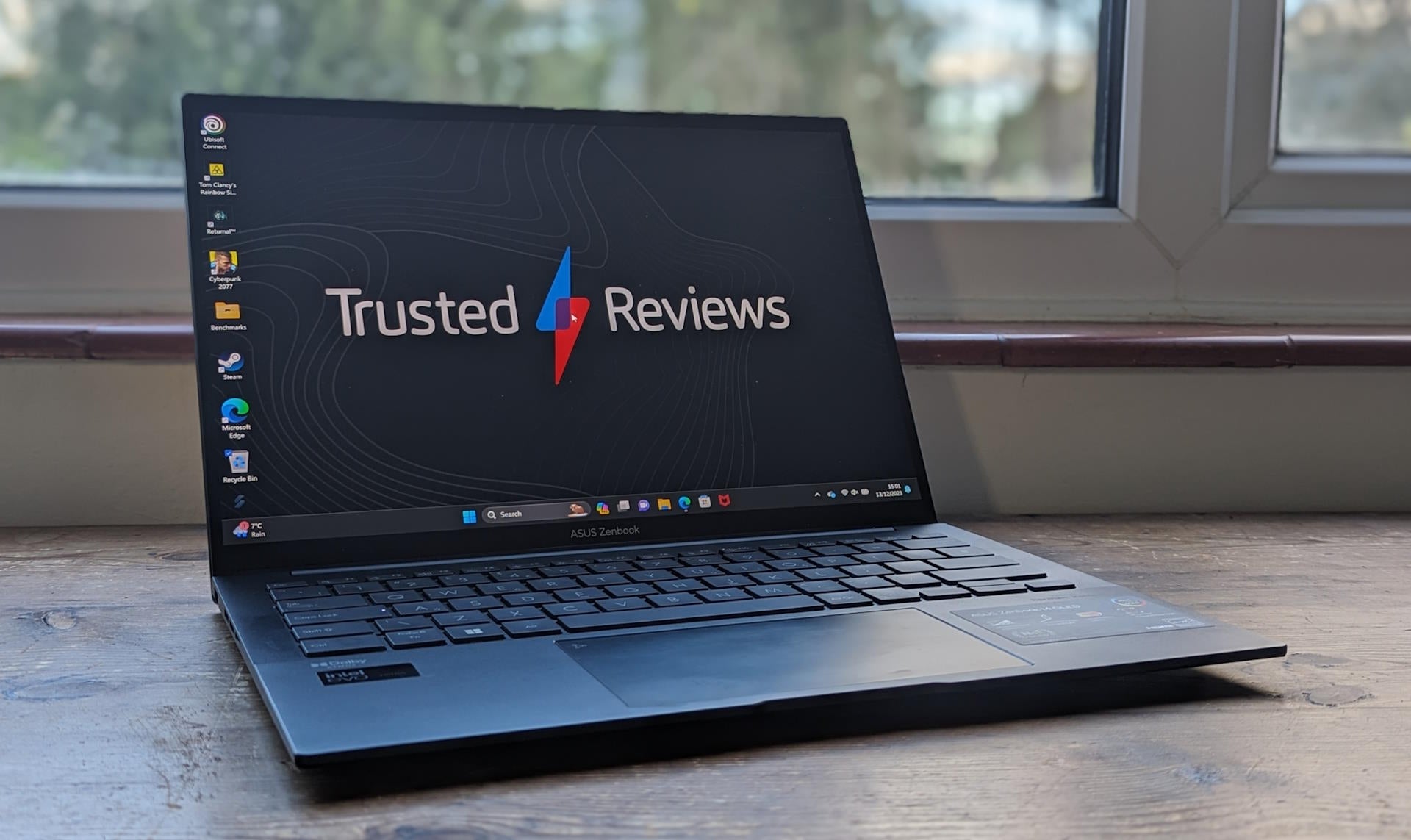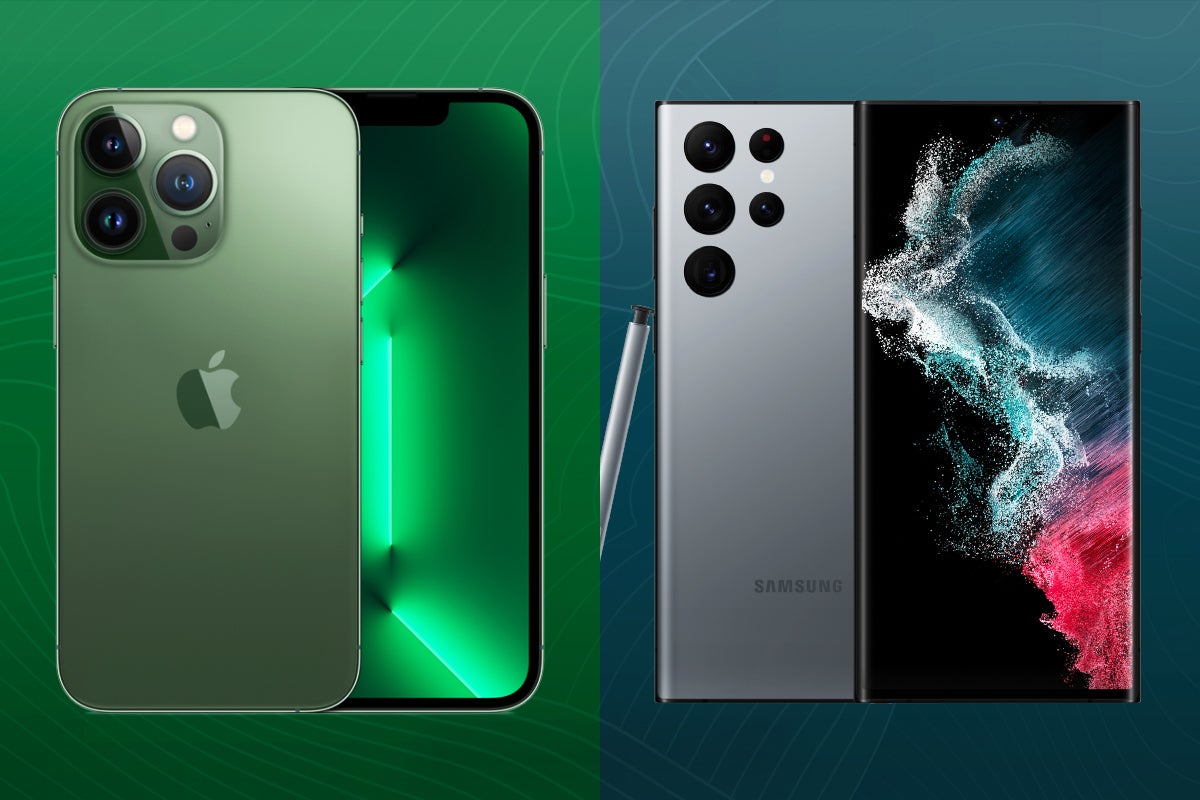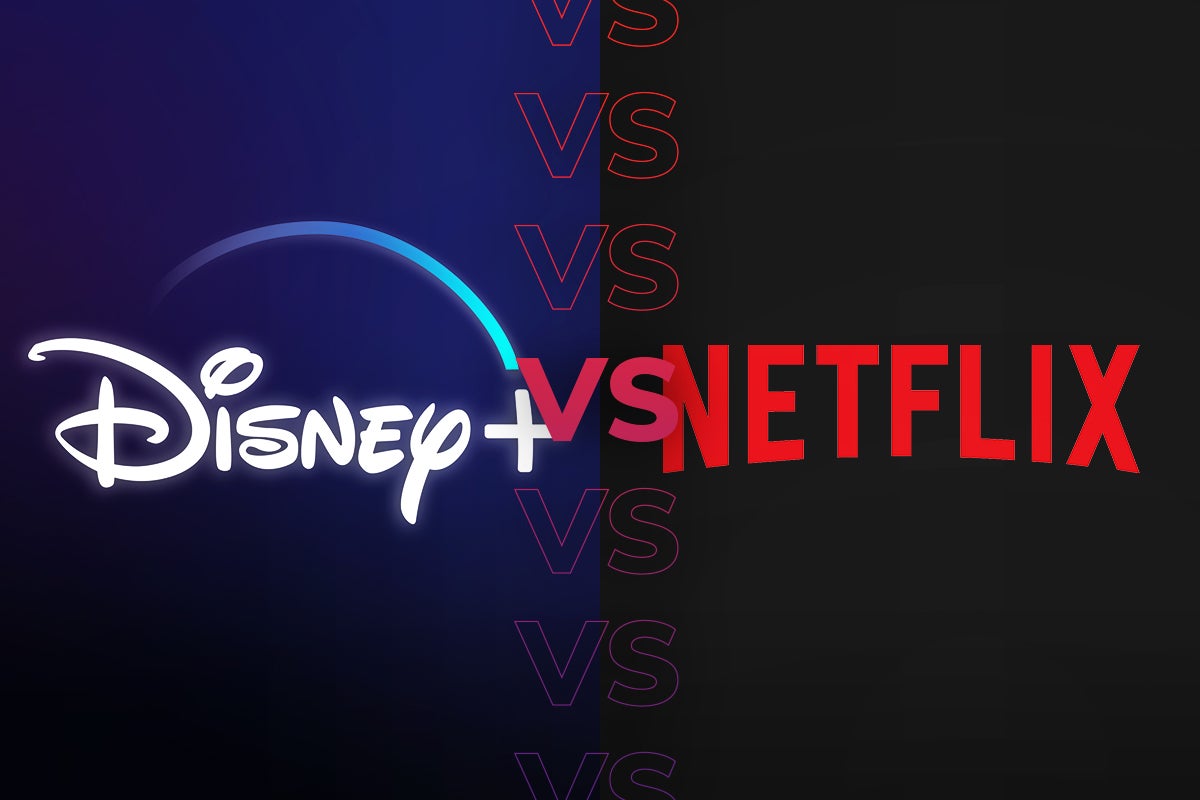Winners and Losers: Windows plays nice with Apple as Netflix’ new tier is met with scepticism
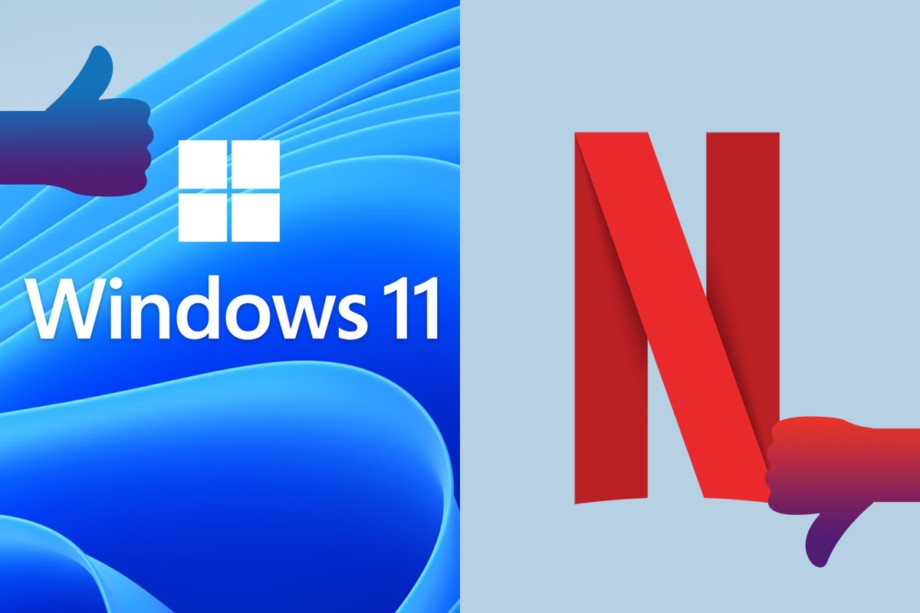
It’s Sunday again, which means it’s time for us to reveal this week’s winner and loser in tech.
This week saw a good number of new products launch from the Microsoft Surface Pro 9 and Surface Studio 2+ to the beginner-friendly Sony ZV-1F vlogging camera and even the highly-anticipated Meta Quest Pro.
On top of this, Amazon held its first ever Prime Early Access Sale on October 11th and 12th, inviting Prime members to snag a deal outside of its usual Prime Day and Black Friday events.
However, only one of these companies was named our winner – and not for the reason stated above. Scroll down to find out more about our winner, as well as who our loser was this week…
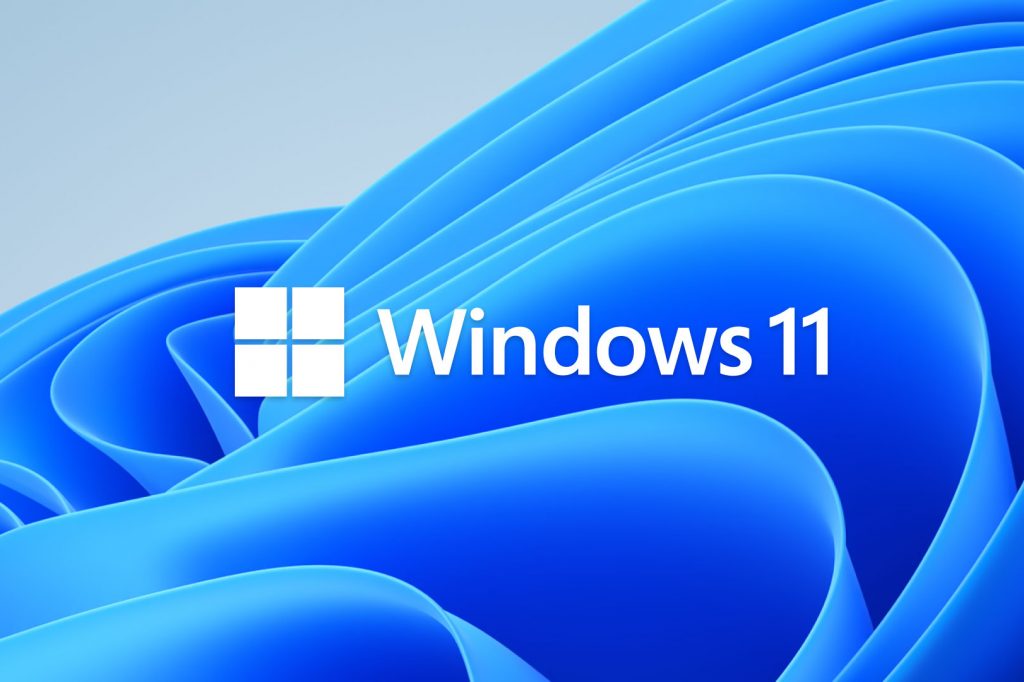
Winner: Microsoft
Our winner is Microsoft, but not necessarily for the reasons you might expect. While we’re of course excited about the new Surface laptops, it’s actually the newest updates to Windows 11 that have made Microsoft our winner this week.
More specifically, it’s about to get a lot easier to be an iPhone user with a Windows laptop.
Starting in November, Windows users will be able to access the photos and videos on their iPhones from the Photos app on their PC. This is possible thanks to a new integration with iCloud and the Photos app in Windows 11.
All you need to do is download the iCloud for Windows app from the Microsoft Store and use it to sync your iCloud Photos.
The Apple TV and Apple Music apps are also coming to the Microsoft Store later this year, meaning you’ll soon be able to stream your playlists and access Apple TV Plus content directly from your Windows computer.
One of the biggest gripes many users have about picking up an iPhone or a Windows PC is that they can easily find themselves caught in an ecosystem, with many features exclusive to one platform or the other.
These Windows 11 updates should help break down some of these barriers, making it easier for users to choose the devices they actually want rather than feel limited to the ones that match their existing phone or PC.
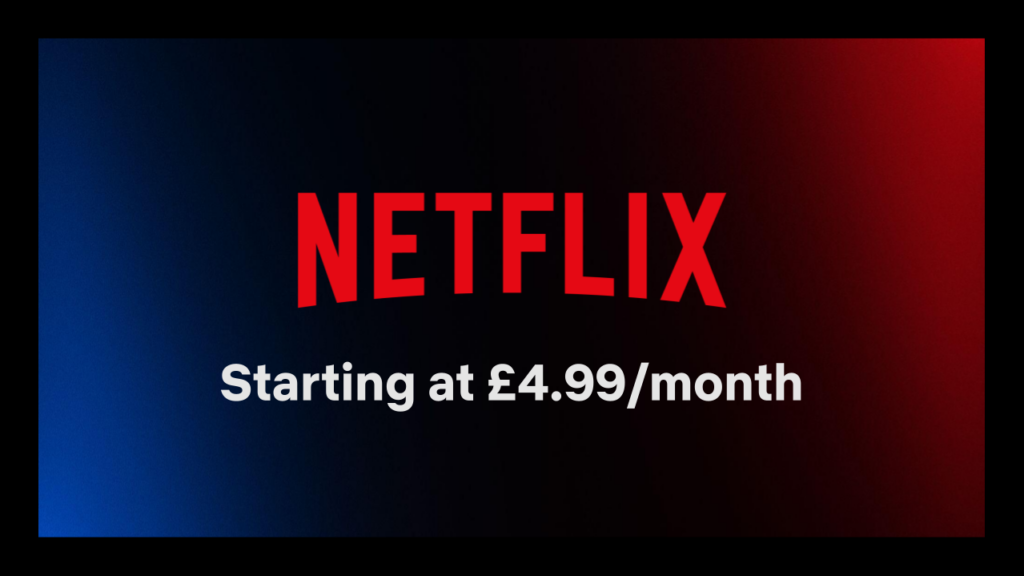
Loser: Netflix
On Thursday, Netflix finally unveiled its long-awaited ad-supported streaming tier: Basic with Adverts.
Basic with Adverts (or Basic with Ads, for short) is a new lower-priced plan for those who don’t mind sitting through ads to shave a couple of pounds off their bill each month.
Basic with Ads subscribers will have access to (most of) the same content and 720p resolution as those on the Basic plan, but with no download feature for offline viewing and a “limited number” of films and TV off limits due to licensing restrictions.
Of course, the biggest difference between this plan and the other three tiers is that users will have to sit through adverts to watch content.
Netflix will play four to five ads per hour before and during TV series and films. These ads will last 15 or 30 seconds in length and be broadly targeted by country and genre.
So, how much exactly will users be saving? Netflix with Ads is priced at £4.99/month here in the UK – that’s £2 more than Basic currently sits at £6.99 a month.
Despite this, many Netflix subscribers are taking this promise of a lower price with a grain of salt, as can be seen in the comments under Netflix’s official Twitter announcement.
The problem here isn’t that Netflix is bringing ads into the mix – in fact, for those who don’t mind sitting through a handful of ads an hour, it isn’t a bad proposition at all – but that Netflix has been consistently raising its prices over the last few years.
Just earlier this year, the Basic plan (which includes everything Basic with Ads does and more) cost only £5.99/month. That means users who subscribed to this tier at the start of 2022 will be paying £1 less now to lose out on offline streaming and deal with ads.
That isn’t even to mention recent price hikes in the Standard and Premium plans, the latter of which shot up from £11.99 a month to £15.99 from March 2021 to March 2022.
If Netflix continues to increase its prices at this speed, it may not be long before users find themselves paying the current Basic or even the Standard price for this new ad-supported tier.
Of course, Netflix could very well keep the price of Basic with Ads tier at £4.99 going forward. However, given the recent price hikes, it’s easy to see why the cost of this tier may be met with some scepticism by its most loyal subscribers.


